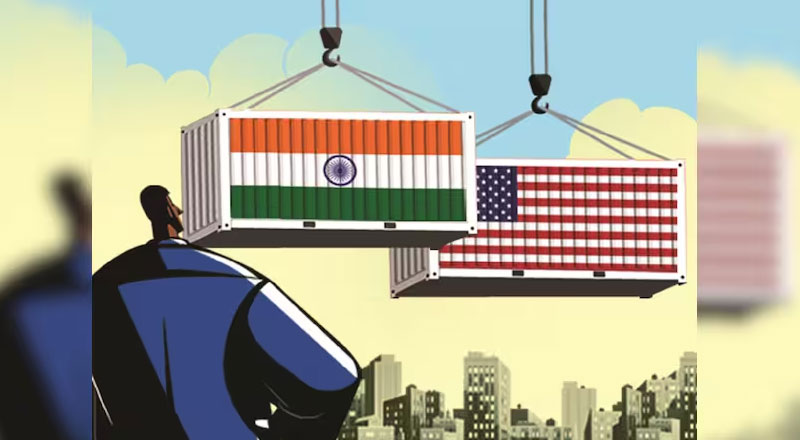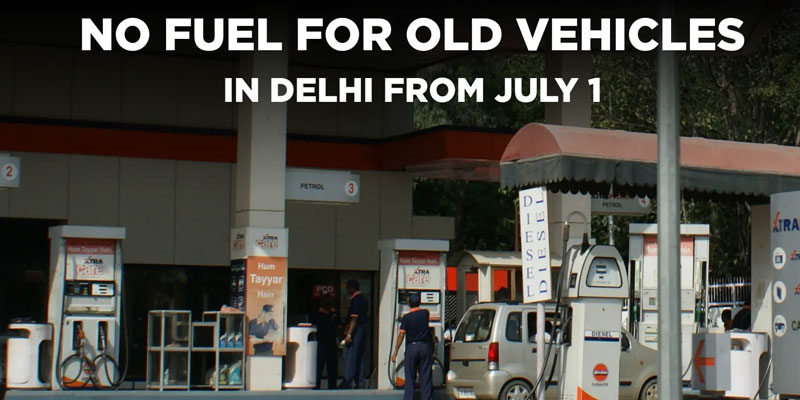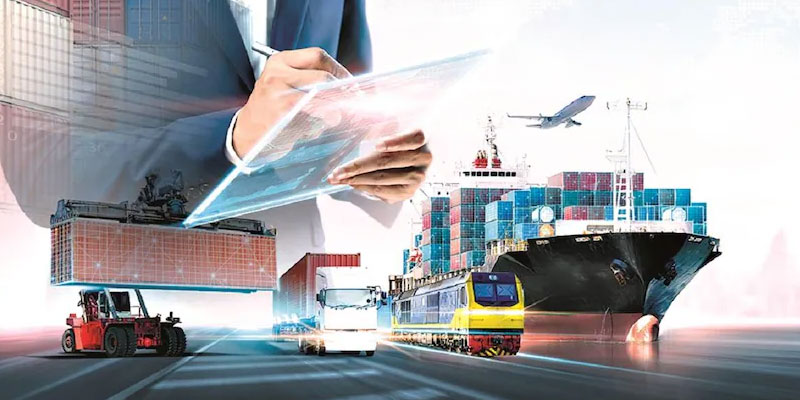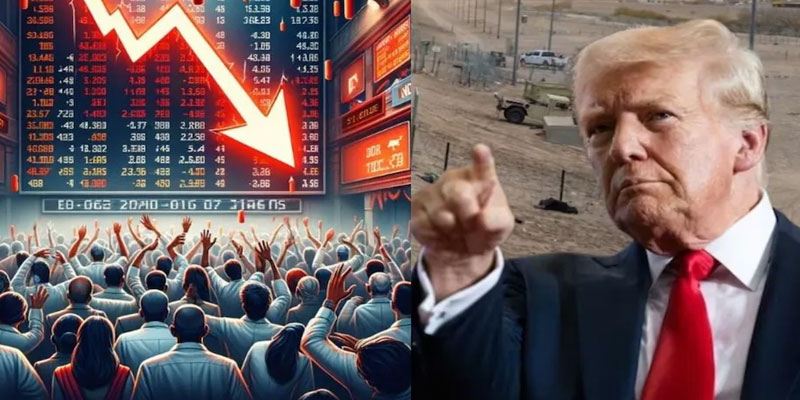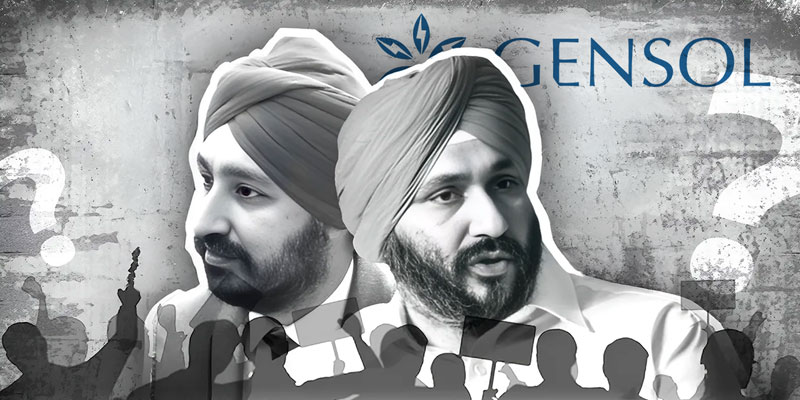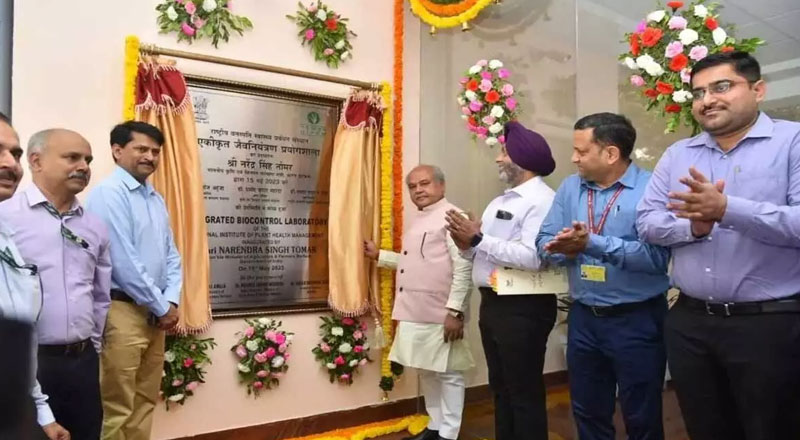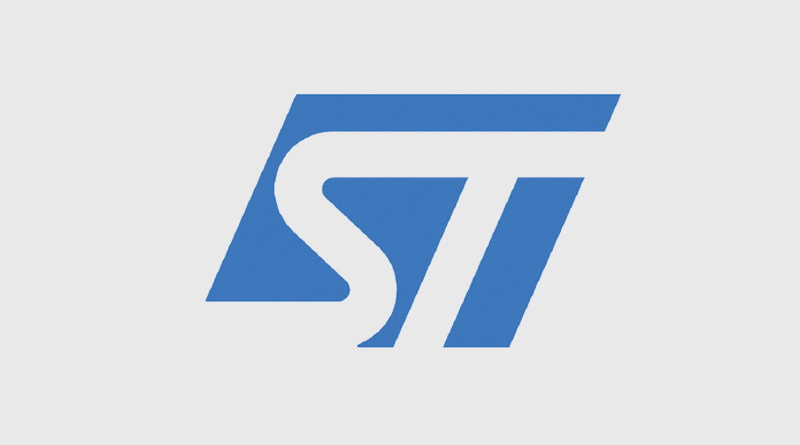The Resurgence of a Global Tariff War
The global trade environment continues to reel under the impact of tariff battles that began in earnest during the Trump administration. At the heart of this dispute lies a wave of protectionist measures, especially the U.S.'s imposition of steep tariffs on steel and aluminum imports in 2018. These actions disrupted long-standing trade relationships and sparked retaliatory moves across key global economies. India, a major player in the steel industry and a rising global economic force, has now signaled its intent to respond. A recent filing to the World Trade Organization (WTO) reveals that New Delhi is preparing to impose counter-duties on select American goods—marking a new chapter in the ongoing tariff standoff.
India's WTO Filing: A Signal of Retaliation
According to the WTO notice dated May 12, India proposes to "suspend concessions or other obligations" by increasing tariffs on specific U.S.-origin products. This potential move is aimed at countering the 25% duties levied by the United States on steel and aluminum imports. These duties, introduced during President Donald Trump’s tenure, were justified under national security grounds—a claim contested by several nations, including India.
Economic Stakes and Targeted Products
India's countermeasures are estimated to cover $7.6 billion worth of Indian exports to the U.S., underlining the significant trade volume at risk. While the specific U.S. products targeted for higher tariffs have not been publicly disclosed, such retaliatory tariffs are typically designed to pressure politically sensitive American industries and constituencies.
Broader Trade Tensions and Strategic Calculations
This move comes as trade negotiations between India and the United States remain ongoing, with both sides seeking a mutually beneficial deal. New Delhi has reportedly offered to reduce its tariff gap with the U.S. by two-thirds. However, tensions persist. The Trump administration had previously labeled India a “tariff abuser” and threatened reciprocal tariffs as high as 26% on Indian exports.
India, which maintains relatively high import duties across several categories, is now balancing defensive trade measures with its export ambitions. Last month, India imposed a 12% temporary tariff to curb cheap steel imports, mainly from China—highlighting its strategy to both protect domestic producers and push for better access to international markets.
Navigating a Delicate Trade Balance
India’s proposed counter-duties reflect not just a tit-for-tat reaction, but a strategic assertion of its trade interests amid shifting global alliances. As the world's second-largest steel producer, India is leveraging its industrial heft while cautiously navigating its relationship with a key trading partner. The coming months will reveal whether these tariff threats solidify into policy or are negotiated away at the table of global diplomacy.
(With inputs from agencies)


